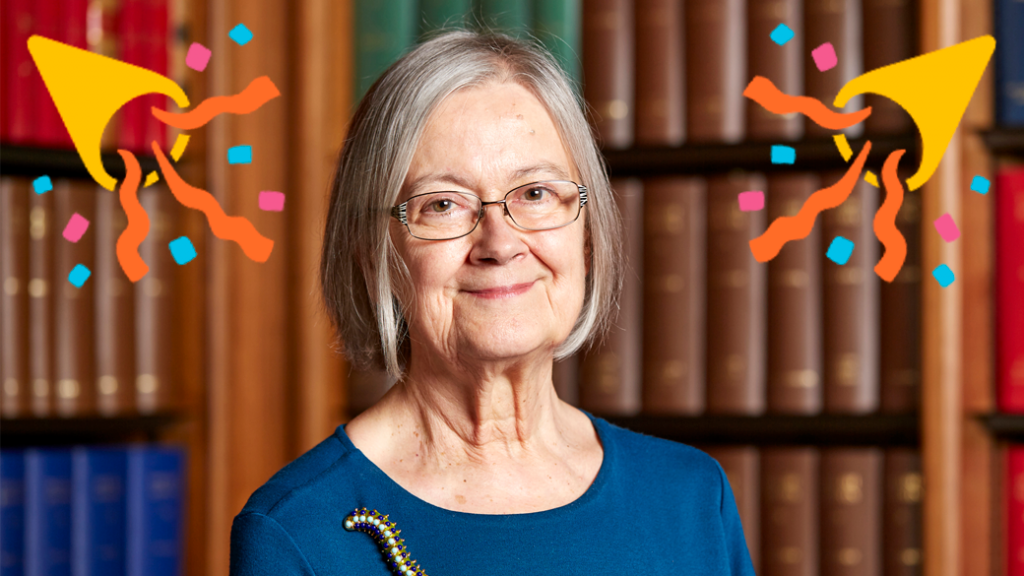Brush off your celebratory barrister’s wig, Lady Justice Arden DBE is about to become the third woman on the Supreme Court.
It’s been an exciting two years for fans of judicial diversity. In 2017, Baroness Hale (of human rights and MasterChef fame) replaced Lord Neuberger as the President of the Supreme Court. It was the first time a woman was appointed to the role – making her the country’s most senior judge.
Now, in October 2018, Lady Justice Arden will also be joining the Supreme Court. She’ll sit alongside Baroness Hale and Lady Black of Derwent as the third woman among nine male judges. The gender balance may still be off but the scales are tipping in the right direction.
So, Who Exactly is Lady Justice Arden?

Image: Foreign and Commonwealth Office/ flickr.com
Dame Mary Arden grew up in Liverpool and served as Attorney General of the Duchy of Lancaster between 1991 and 1993. Her career as a judge began when she was appointed to the High Court of Justice of England and Wales. A trailblazer from the very beginning, she was the first woman judge assigned to the Chancery Division.
She was also appointed Head of International Judicial Relations for England and Wales and served as an ad hoc judge on the Human Rights Court.
If being a judge wasn’t enough, Justice Arden is also a respected author. Her book Shaping Tomorrow’s Law looks at how the law can respond to social change.
Hang On, What Boy’s Club?

Image: raxpixel/ unsplash.com
At just 28%, the UK has one of the lowest percentages of female judges in Europe. This is a far cry from countries like Slovenia, Latvia, and Romania, where more than 70% of judges are women. And women aren’t the only group underrepresented in the judiciary. The situation is even worse for black, Asian, and ethnic minorities (BAME) who make up only 7% of court judges.
The statistic are marginally better for tribunal judges. In this area of the judicial system, 45% of judges are women and 10% come from BAME backgrounds.
Here’s the Good News

Image: Supreme Court
The judicial system has recognised that it needs to change. The Judicial Diversity Committee, which was formed in 2013, is exploring new ways to encourage diversity. While many observers argue that much more could still be done, the stereotype of the older white male judge is slowly being challenged.
In 2017, Mr. Justice Singh, the respected British Sikh judge, became the first justice in the Court of Appeal to wear a turban. There have also been notable appointments like Lady Black and, of course, the indomitable Baroness Hale.
There may be a long way to go, but the appointment of Lady Justice Arden shows just how much the judiciary is moving forward.







